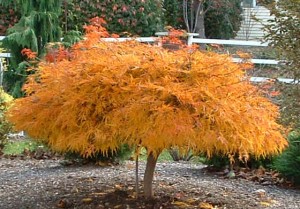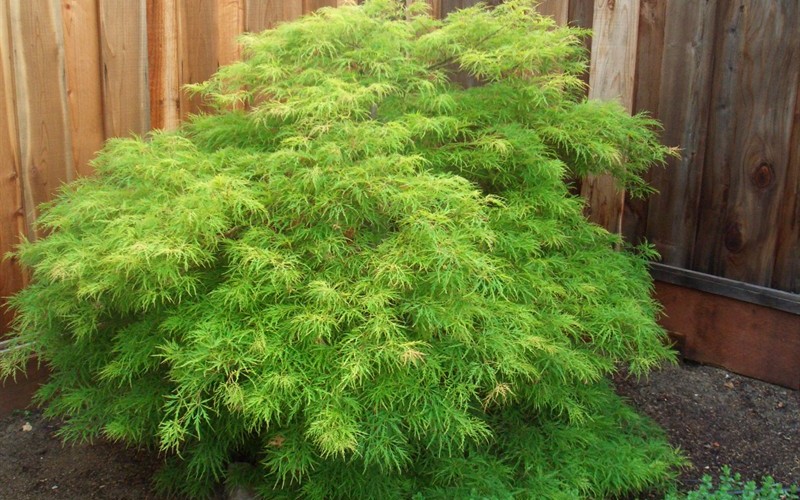

Types of Japanese Maple TreesĪt present, Japanese maple trees have more than 2000 variations.

WATERFALL JAPANESE MAPLE HEIGHT FULL
Planting Japanese maples requires well-drained soil and full to partial light.īecause of the heat of summer in zones 7 to 8, the leaves of these plants might benefit from partial shade or dappled sunshine. The majority of Japanese maples are hardy in USDA zones 5 to 8, although a few if planted in sheltered areas, may survive in USDA zone 4. In spite of the tree’s springtime blossoms, the five, seven, or nine lobed palmate leaves are what really catch the eye. These trees’ height ranges from 4 to 30 feet as they’re slow-growing, tiny species. Japanese maple trees are basically famous for their exquisite and vibrant fall leaves. Actually, it is one of the most typical trees for Bonsai. Japanese maple or Acer palmatum is a small and unique tree that can be grown both in the ground or in pots.

Keeping the bonsai out of direct sunlight will protect its leaves. The waterfall Japanese maple thrives best when kept in the shade but exposed to plenty of sunlight. As this places stress on the tree, it’s best not to do it every year. This action will encourage a more refined set of leaves to grow and flourish. When pruning leaves, prune all of them during the growing season. When cutting large branches, use a cut paste to help protect the tree from fungal infections. For bigger branches, only cut them during the summer or autumn months to allow the tree time to heal. Pruning can be done your round if you’re only clipping the shoots and twigs. For best results, use a thin, covered wire with a decent level of stiffness. Be careful during this princess, as the wire can easily cut into the tree. To shape the tree, use thin wire to bend the branches in the desired direction slowly. To prevent any infection or disease in the area, ensure the scissors or shears are sharp and clean. Use a chopstick or pencil to separate the roots and make it easier to cut them. The tree has quick-growing roots that quickly fill the pot within two years.Īs the roots regrow at a quick speed, you’ll need to prune them carefully. Repot your waterfall maple every two years into a well-draining soil mix. When watering, a slightly acid or neutral pH is best. Ensure the soil is evenly watered but never waterlogged as this will cause severe damage. Often you’ll need to water the tree each day however, on hot days or during the warmer months, you may need to do this several times per day. Japanese maple bonsai trees require plenty of watering. However, if possible, use the recommended soil mixture. Watering less with denser soil won’t affect the tree too poorly, as it’s still exposed to the needed amount of water. This lowered frequency will help prevent any damage from overwatering that would occur. If the soil you use isn’t well-draining, you’ll likely water the bonsai less.


 0 kommentar(er)
0 kommentar(er)
